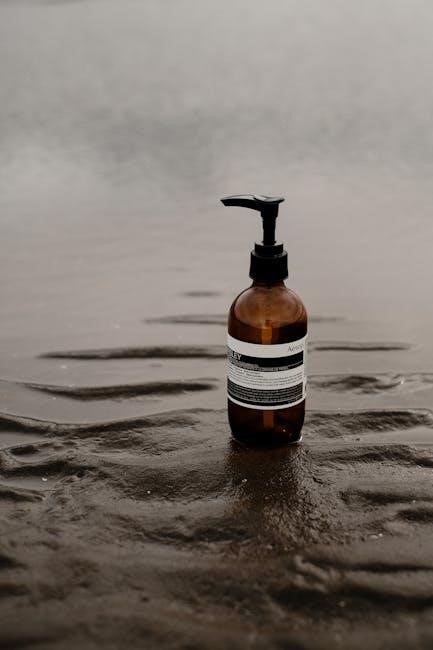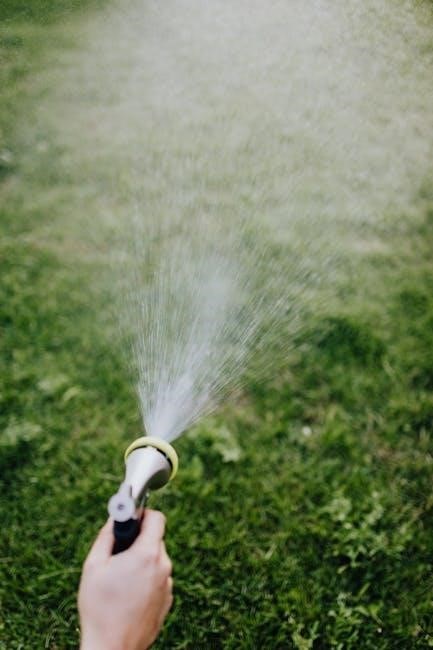what is the requirement of a manual water pump

Manual water pumps are necessary for boats to prevent damage and keep afloat in severe situations with efficient water discharge overboard always required.
Definition and Purpose
A manual water pump is a device used to remove water from a boat, preventing damage and keeping it afloat. The purpose of a manual water pump is to provide a reliable means of removing water in emergency situations. It is a crucial piece of equipment for boats, especially those that are kept in the water. Manual water pumps are designed to be efficient and effective, allowing boat owners to quickly and easily remove water from their vessel. They are an essential component of a boat’s safety equipment, providing peace of mind for boat owners and operators, and are a necessary requirement.

Legal Requirements for Manual Water Pumps
Boat owners must comply with regulations regarding manual water pumps always required for safety reasons and prevention of accidents at sea.
Boat Size and Type Requirements
The size and type of boat determine the need for a manual water pump, with larger vessels requiring more efficient pumps to prevent water accumulation. Smaller boats may not require a manual pump if they cannot hold enough water to make them capsize. The length of the vessel is a key factor in determining the requirements for a manual water pump, with specific regulations applying to different boat sizes. These regulations ensure that boats are equipped to handle emergency situations and prevent accidents. Manual water pumps are essential for boat safety and must be installed according to regulations.
Specifications for Compliant Pumps
Compliant pumps must meet specific flow rate and efficiency standards always.
Flow Rate and Efficiency
Manual water pumps require a certain flow rate and efficiency to effectively remove water from boats. The flow rate measures the volume of water pumped per unit time. Efficient pumps minimize energy loss and maximize water removal. A higher flow rate and efficiency enable pumps to quickly empty the bilge, preventing damage and keeping the boat afloat. Pump specifications typically include flow rate and efficiency metrics, allowing boat owners to select suitable pumps for their vessels. By considering these factors, boat owners can ensure their manual water pumps meet the necessary requirements for safe and effective operation, always meeting standards.

Alternative Methods for Water Removal
Bailers and electric pumps provide alternative methods for removing water from boats quickly and efficiently always available options.
Bailers and Electric Pumps
Bailers and electric pumps are alternative methods for water removal, with bailers suitable for small boats and electric pumps for larger vessels.
These methods have their own set of requirements and regulations, including flow rate and efficiency standards, to ensure effective water removal.
Additionally, electric pumps have automatic and manual settings, allowing for flexible operation, and are often used in conjunction with manual water pumps for optimal performance and safety.

Importance of Manual Water Pumps
Manual water pumps are crucial for emergency situations and ongoing water removal purposes always.
Emergency Situations and Ongoing Water Removal
Manual water pumps are essential in emergency situations where electrical systems fail, and water needs to be removed quickly to prevent damage. They are also useful for ongoing water removal, particularly for boats kept in the water, as they can efficiently discharge water overboard. In such situations, manual water pumps can completely empty the bilge, which is not always possible with electrical centrifugal pumps due to priming requirements. This makes manual water pumps a vital piece of equipment for boat safety and maintenance, providing a reliable means of water removal in various situations.

Installation and Activation
Manual switches at the helm offer auto and manual settings for activation and control of water pump systems always needed onboard vessels.
Manual Switches and Auto Settings
Manual switches at the helm offer flexibility and control over water pump systems, allowing for auto and manual settings to be easily selected and adjusted. These switches enable quick activation of the pump in emergency situations, while auto settings provide ongoing water removal capabilities. The manual switch also allows for testing of the pump system to ensure it is functioning properly. This feature is particularly useful for boats that require frequent water removal, such as those kept in the water or operating in heavy seas, with manual switches providing a reliable means of control and activation.
Comparison with Electric Bilge Pumps
Manual water pumps are reliable alternatives to electric bilge pumps in emergency situations always requiring efficient water discharge systems to be available.
Effectiveness and Reliability
Manual water pumps are effective and reliable in removing water from boats, especially in emergency situations where electric pumps may fail. They are designed to provide a quick and efficient way to discharge water overboard, keeping the boat afloat and preventing damage. The effectiveness of manual water pumps is due to their simple design and manual operation, which makes them less prone to failure. Additionally, they are quiet and can completely empty the bilge, making them a valuable addition to any boat’s safety equipment, providing peace of mind for boat owners and operators always.
Additional Safety Equipment
Reboarding devices and anchors are essential safety equipment for boats, providing a means of recovery and stability in emergency situations always required.
Reboarding Devices and Anchors
Reboarding devices and anchors are crucial safety equipment for boats, providing a means of recovery and stability in emergency situations. A reboarding device is required if reboarding means climbing a vertical height of more than 0.5 meters from the water. An anchor and at least 15 meters of cable, rope, or chain are also necessary. These devices help prevent accidents and ensure the safety of passengers. They are an essential part of a boat’s safety gear, and their presence is mandatory in many cases. Proper installation and maintenance are also essential to ensure their effectiveness.